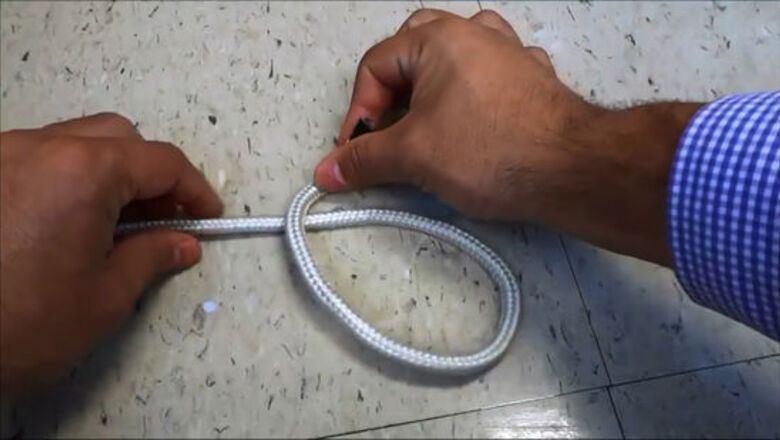
views
Tying a Basic Overhand Knot
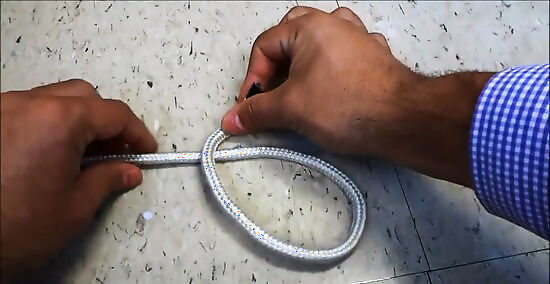
Form a loop with the end of the rope. Simply lay one end of the rope over the rest of it to form a basic round loop. The bottom of the loop will be roughly where the knot will be located.
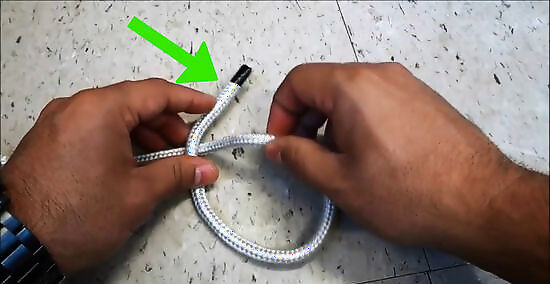
Tuck the end of the rope through the loop. Take the end of the rope and, keeping the loop intact, pass it through. You should have a simple cross-over and a small loop.
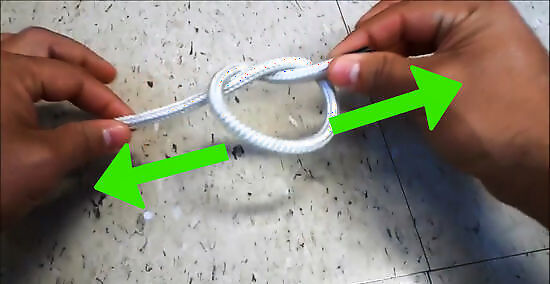
Holding onto the end of the rope, pull the knot tight. Grab the end of the rope and a section above your loop. Then pull your hands apart to tighten your overhead knot simply and easily.
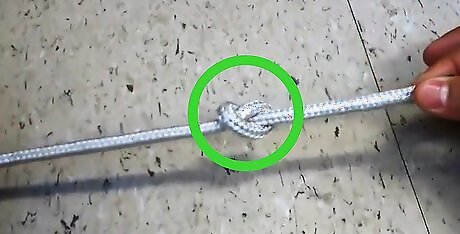
Use the overhand knot as a simple stopper. This knot is not very tight, nor large, but it still has uses. Frequently it is used as a stopper, preventing the rope from passing back through a hole or opening (like a rock climbing belay). It can also help prevent the end of a hanging rope from fraying.
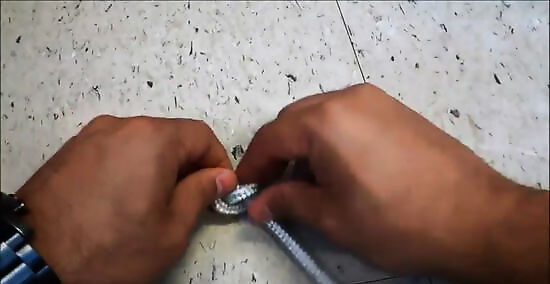
Undo the knot by pushing both ends of the rope closer together, then unthreading the end. To loosen the knot, push the ends of the knot back towards each other. Then push and pull to follow the end of the rope back through in the opposite direction as it came. You may have to pull at the edges of the knot to loosen it, but once you can wiggle the end of the rope through you should be able to untangle the knot.
Tying a Double Overhand Knot
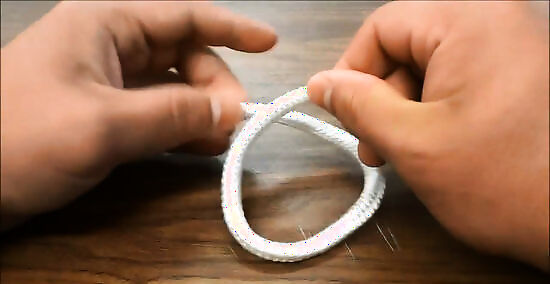
Create a loop in the rope where you want your knot. Simply cross the end of the rope over the rest, creating a basic loop. Again, the bottom of the loop is roughly where your knot will be when finished.
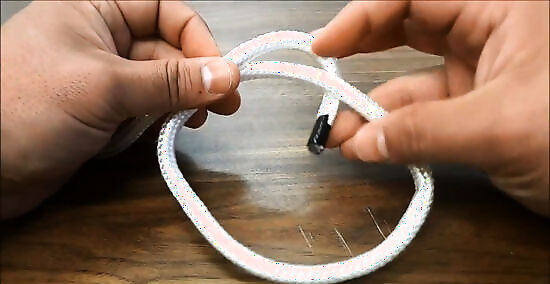
Pass the end of the rope through the loop. Tuck the end of the rope under the loop and pull it through the opening from the back. Note that, up to this point, these are the same steps as a normal overhand knot.
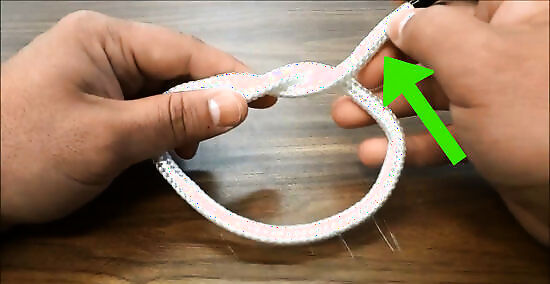
Take the end back out of the loop and wrap it back under. You're basically wrapping the end of the rope around the loop once. The goal is to pass the rope through the loop not once, but twice.
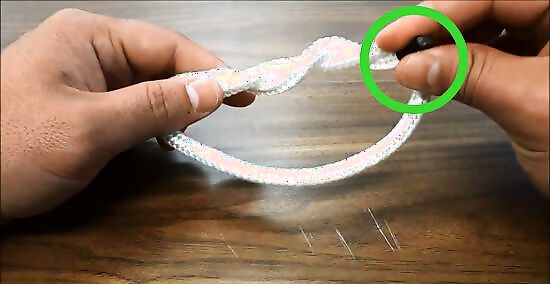
Pass the end of the rope back through the loop a second time. For the double overhand knot, you just double the steps of the basic overhand knot. Pass the rope back through the loop a total of two times.
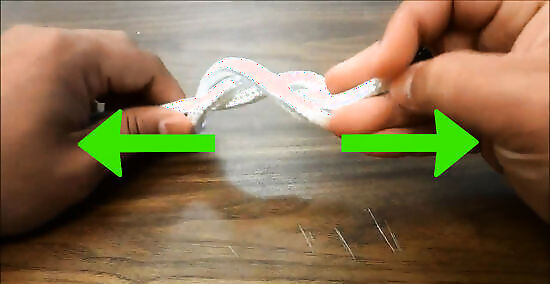
Pull on both ends of the rope to tighten in. This finishes your knot. Again, this is no more complicated than the basic overhand knot. Just pass the end through the loop twice and pull to tighten.
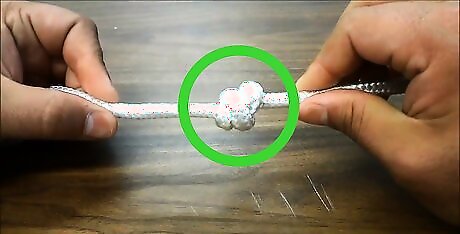
Use the double overhand knot for larger stoppers, or as part of other, more complex knots. The double overhand knot is simply a thicker stopper knot and is used to keep the rope from passing through large openings or holes. It can also, however, help you create several other knots: Double Fisherman's Knot: Takes two separate ropes and ties them together with two double overhand knots. Double Overhand Noose: A more complex knot that uses the same basic theory as the double overhand, put provides an adjustable snare at the ropes end.
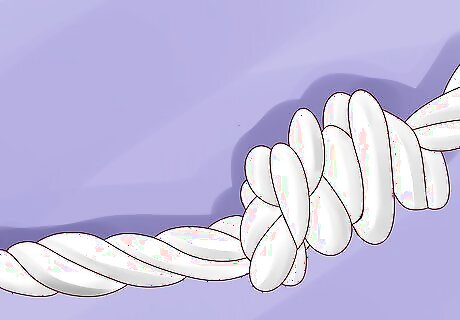
Loop the end of the rope as many times as you want to increase the size of the stopper. The double overhand knot is a large stopper, but you may want even more size. To do so, simply keep moving the rope through the loop as many times as you want to make a triple, quadruple, or even bigger knot. These are simply called "multiple overhand loops."
Tying an Overhand Knot in the Center of a Rope
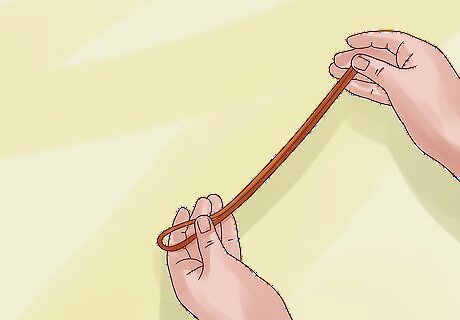
Form a "bight," or U-shaped bend, in the middle of the rope. Take the location of your proposed knot and bend the rope back on itself. You should have both sides of rope running parallel to each other with a bend at the end. This bend is called a "bight."
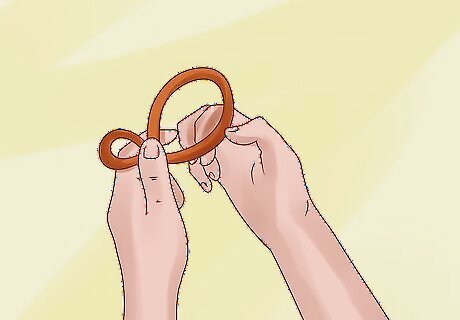
Tuck the bight underneath the parallel ropes to form a loop. This, again, is almost identical to a basic overhand knot. This time, however, you're working with two ropes at once instead of one. The portion of the rope that rests there as you create a knot is called the "standing" rope.
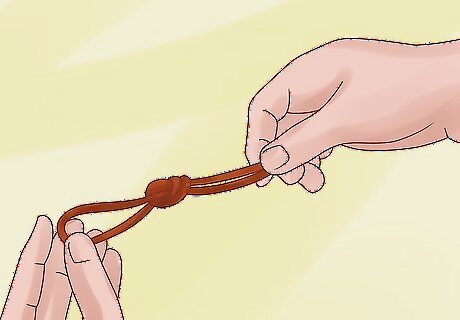
Fold the bight back over and tuck it into the loop. Take the bight from under the standing ropes and pull it into the loop. You'll end up curling your bight over the parallel ropes, keeping the shape of the loop intact.
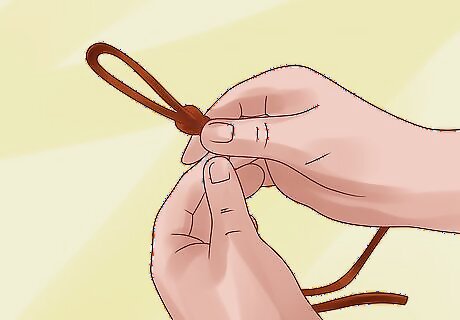
Use your fingers to adjust the ropes so that they all the sets of two ropes run parallel. This knot can quickly turn into a mess as it pulls tight. Tighten it about halfway, then use your fingers to massage the knot into something cleaner and more secure. You want to eliminate spots where the ropes split, instead aiming for clean sets of parallel ropes throughout.
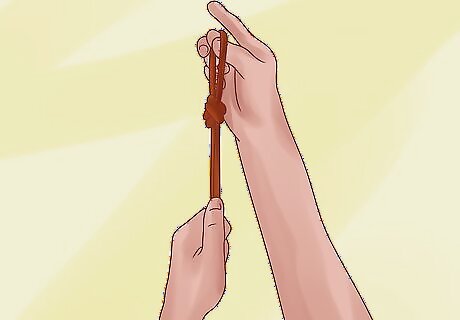
Holding onto the standing ropes, pull the bight down to tighten the knot. This will create your final overhand knot. Make any last adjustments to clean the knot and you're on your way.
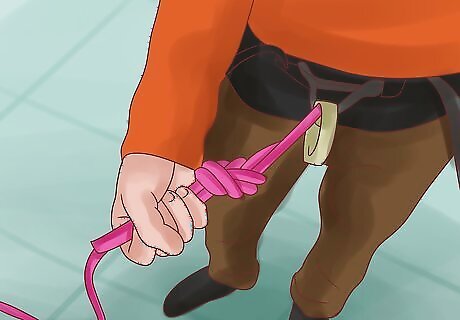
Use a mid-rope overhand knot to provide a grip or prevent slipping. This knot can be made anywhere in the rope, meaning it can help pin segments of rope between two small openings. It can also be used to provide a hand-hold if you need to yank hard on a rope and don't have a good grip.














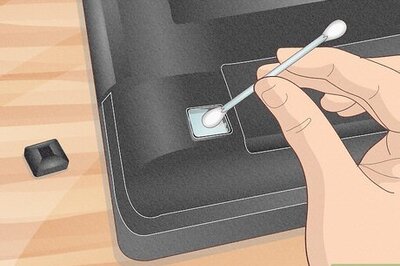




Comments
0 comment